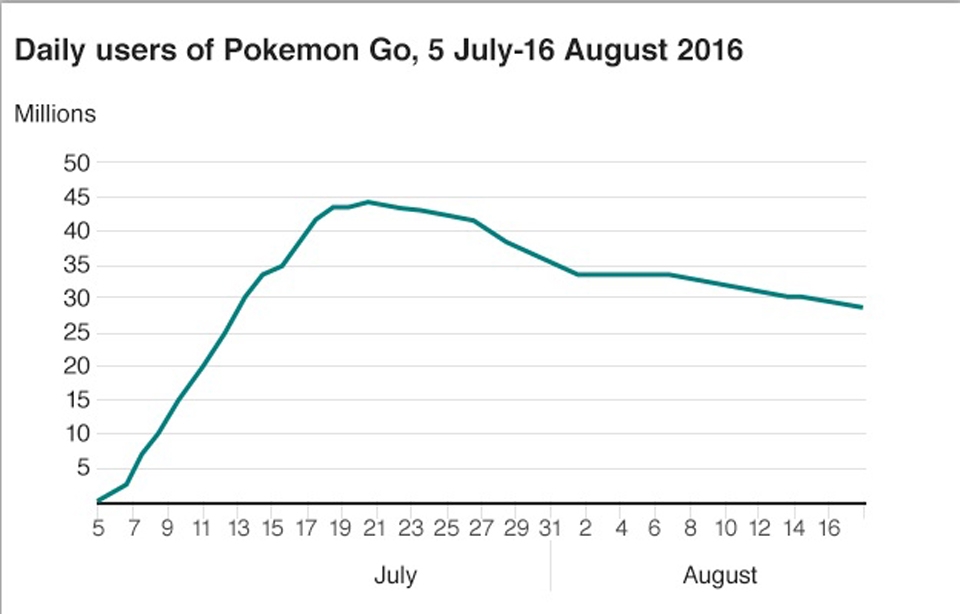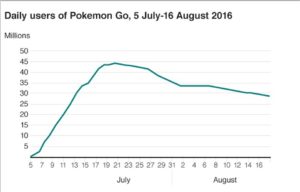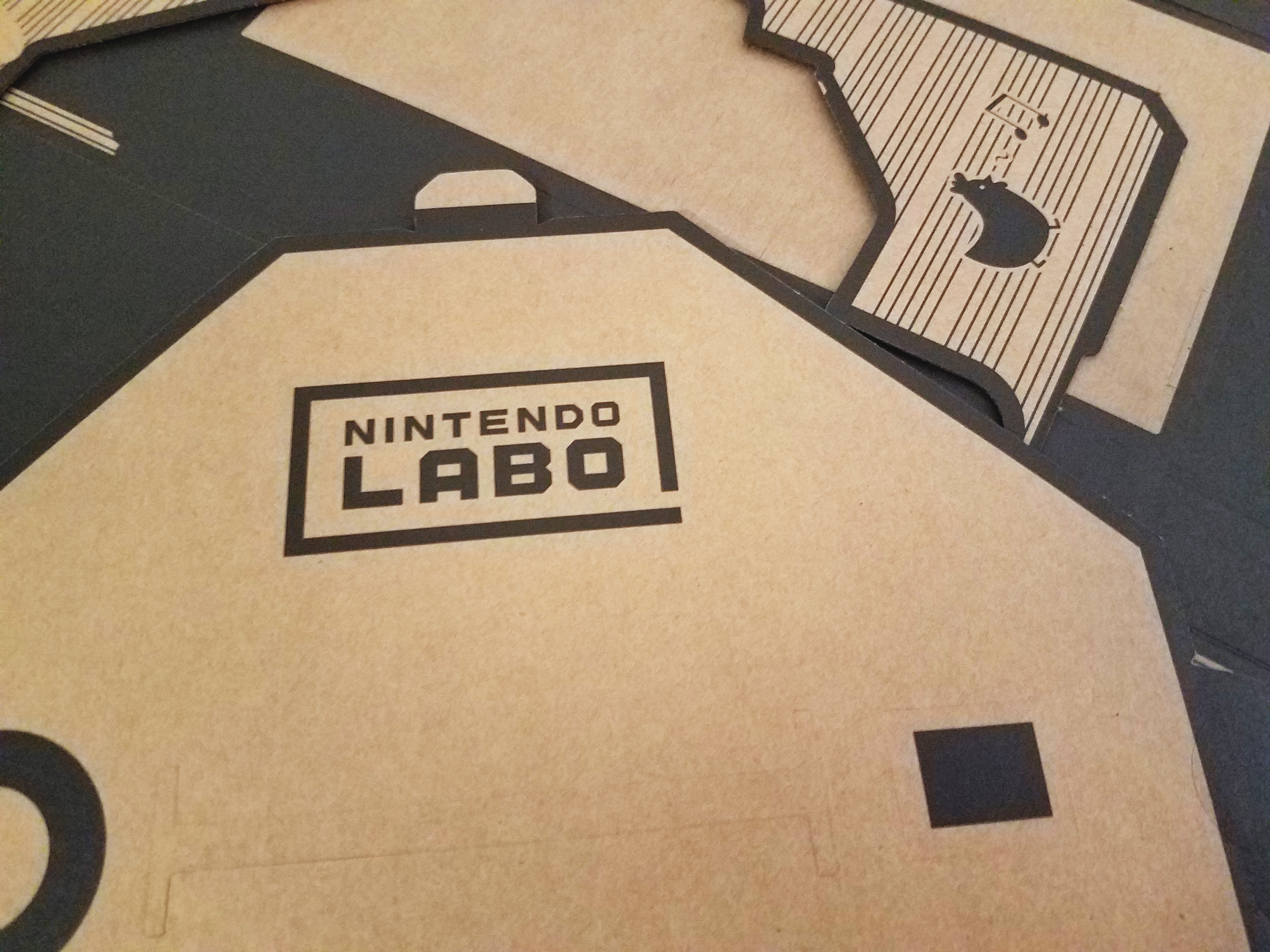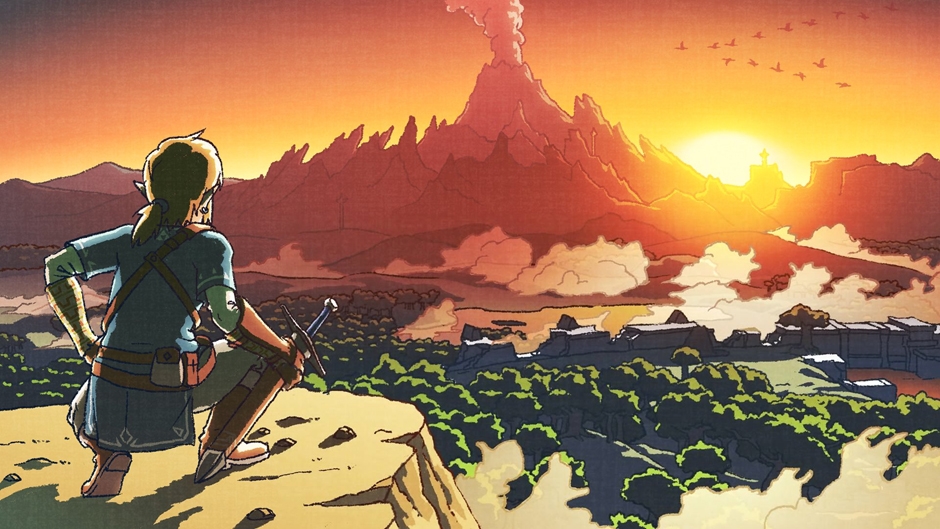

This chart by Apptopia, an organization that tracks download and user information for apps, shows the slow but steady decline in active users “Pokémon GO” has been experiencing since August’s start.
By Grant Stoner | staff writer
On July 6, the mobile market was introduced to one of the biggest gaming crazes since “Candy Crush.” Schoolchildren, parents and even newscasters suddenly became infatuated with a 20-year-old franchise. Thanks to Niantic, Inc., the majestic and powerful beasts known as Pokémon were no longer confined to the handheld consoles of Nintendo. With the release of “Pokémon GO,” childhood dreams became a reality — Pokémon finally existed in the real world.
However, like any fad, “Pokémon GO’s” has since begun to decline at a rapid rate. Recently, Apple published a statement noting that “Pokémon GO” held the title of the most downloaded app in the history of the iTunes store. Yet, the augmented-reality game has been having difficulty with keeping users entertained.
According to figures from Bloomberg, Niantic, Inc.’s title has lost a significant portion of players. At its peak, “Pokémon GO’s” servers were home to approximately 45 million trainers. As of Aug. 16, that number has fallen to roughly 30 million. While 30 million is still a respectable number of gamers, a loss of that size should be concerning. How could the most popular mobile game of our time fall from its graces so quickly?
For starters, “Pokémon GO” notoriously drained the battery of every phone that hosted it. This has prevented players from spending day-long excursions out in the wild, hoping to capture the rarest and most powerful of the estimated 145 featured Pokémon. Furthermore, the gameplay suffered from repetition, making every encounter feel like a chore, rather than an enjoyable experience. Battles are nothing more than a finger swipe on your phone, and trading, arguably the biggest selling point of any Pokémon game, has yet to be introduced.
Even Nintendo, a partial owner of the Pokémon franchise, has suffered losses due to the app’s declining popularity. While the company enjoyed a temporary stock increase during the first week of “Pokémon GO’s” sales, the company is now reeling from a large financial drop that shows no signs of stopping.
Originally, investors held the assumption that Nintendo was the sole owner of the Pokémon franchise. In actuality, Nintendo owns approximately 32 percent of The Pokémon Company, the true creators of the lovable pocket monsters. Furthermore, Niantic, Inc. never partnered with Nintendo, but rather with The Pokémon Company, meaning that the Japanese-based gaming giant would only receive a small portion of earnings. With this revelation, Nintendo’s stocks fell by an egregious 17 percent, the worst collapse the company has faced since 1990.
As it currently stands, “Pokémon GO” is in a unique state of limbo. The game released a few months ago to praise and adoration from millions of people. Yet, a surprising lack of features as well as technical issues have alienated a significant portion of their fan base.
However, the game remains in its infancy. Niantic, Inc. has released updates for the game, which stabilized servers and even added some new features. More Pokémon will make an appearance, and features regarding player-socialization are currently in the works. Only time will tell if “Pokémon GO” will either evolve into a title worth bearing the Pokémon name or be another short trend.




